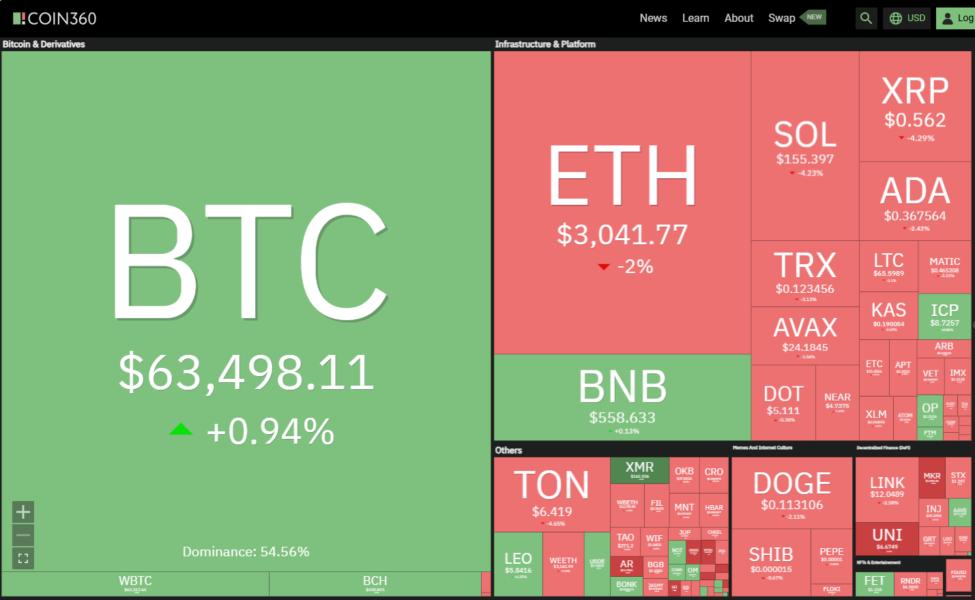The highly anticipated Cancun-Deneb upgrade for Ethereum (ETH) has been met with enthusiasm and tempered expectations as it significantly improves the network’s data logistics and fee structures on Layer 2 (L2) solutions. While proponents herald the upgrade’s ability to usher in a new era of reduced transactional fees, cryptocurrency expert Eric Wall cautions against overestimating its impact.
Eric Wall’s analysis highlights potential fee spikes despite upgrade
According to Eric Wall, a seasoned figure in cryptocurrency technology, the prevailing narrative of “dirt cheap” transactional fees on Ethereum’s L2s post-Deneb activation may be misleading. Despite the enhancements by EIP-4844, Wall points out that the design of sequencers still allows for fee spikes under certain conditions.
He emphasizes that even with the maximum capacity of blobspace, L2 rollups post-Deneb activation are only expected to scale to 100-1,000 transactions per second (TPS). Furthermore, Wall underscores that consuming all blobspace and operating at maximum theoretical capacity does not consistently guarantee low fees.
The Deneb upgrade, which commenced on the Ethereum mainnet on March 13, promised optimized data usage for Ethereum Virtual Machine (EVM) Layer 2 solutions. Initial observations from the L2Fees tracker reveal a varied landscape regarding fee reductions across prominent L2 solutions such as Optimism, Arbitrum, Starknet, and zkSync Era.
Transfer and cross-asset swap fees on these platforms plummeted to below $0.01 in equivalent, signaling a significant reduction. However, for certain networks, including Loopring, zkSync Lite, and Boba Network, fees remained largely unaffected by the changes triggered by the Deneb upgrade.
Mixed response from the community
The response from the Ethereum community to the Deneb upgrade’s impact on transaction fees has been mixed. While some laud the noticeable fee reduction on several L2 solutions, others express concern over the disparities in fee reductions across different networks. The discrepancies underscore the complexity of optimizing fee structures in a decentralized ecosystem with diverse L2 implementations.
Ethereum’s Cancun-Deneb upgrade has ushered in notable improvements in data logistics and fee structures on Layer 2 solutions. However, Eric Wall’s analysis serves as a reminder that the effects of the upgrade should not be overstated, as fee spikes remain a possibility under certain conditions. As the Ethereum ecosystem evolves, achieving consistent and universally low transaction fees across all Layer 2 solutions remains an ongoing challenge requiring further exploration and refinement.
By staying informed and critically assessing the impact of network upgrades such as Deneb, stakeholders within the Ethereum community can navigate the evolving landscape with greater clarity and foresight. As developments unfold, the quest for scalability and affordability in Ethereum’s transactional infrastructure remains a focal point for innovation and improvement.





